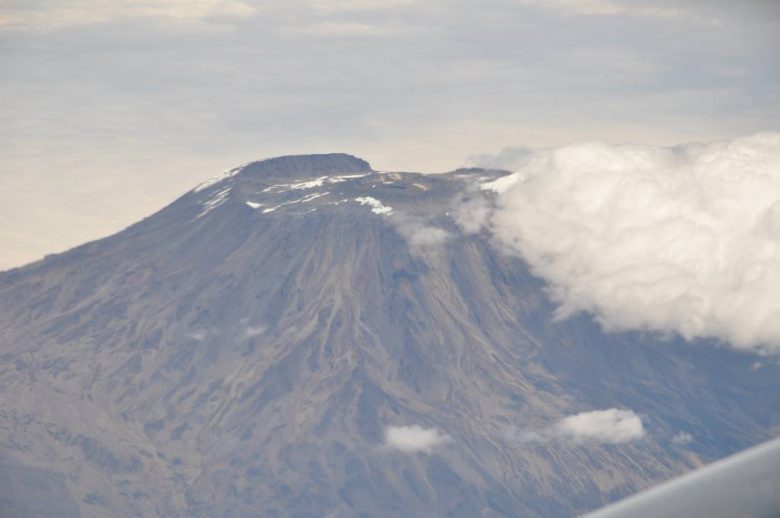The changing climate has always been a concern of mine, and an awareness that I grew up with through my parents’ influence. Limits to Growth was a book on top of the table during my childhood in the 1970s. From 1987 it was the Gro Harlem Brundtland Report that first raised the global awareness of the climate problems humanity were facing on earth. Since then, I have witnessed the changes to our environment, triggered by the climatic changes caused by our human activities, through my travels around the world. The changes are visible over time, and sometimes as frequent as year by year: For instance, the corals that was part of my paradise playground in Oyster Bay, in Dar Es Salaam, Tanzania in 1978, had completely disappeared when I returned in 2008; The glaciers of Kilimanjaro that I climbed first time in 1979, had all but disappeared when I climbed again with my son in 2010. I have seen the effects of the increasingly severe droughts in the Horn of Africa; I have seen vast, devastating and irreparable effects of the cutting down rainforests in Kalimantan/Borneo in 1984, and in the Northwestern Amazonas in the Putumayo region of Colombia in 2018; Through my work in 1996, I came to see how oil production in the Niger delta polluted and almost entirely eliminated the livelihoods of an entire ethnic group known as the Ogoni.
More flood disasters, vanishing coastlines, disappearing rainforests, wildfires, pollution of our air, water reserves and soil are all elements that contribute to the rapid disappearance of species. Our biodiversity is at threat. At the moment I am living close to one of the most incredible parts of the world: The Colombian Pacific coastal rainforest, which stretches from Panama in north to Ecuador in the south and up to 180km wide, this area is today hosting about 60% of all our global biodiversity. This is incredible, but also immensely sad to know, that the rest of the world does not have more biodiversity – leaving the major part of our biodiversity in the Amazon and Pacific coastal rainforests.
These rainforests, the adjacent mountains, and the Paramos and waterways that gives live to them, are now vital to our own survival – and most be saved at all costs. The thing about the biodiversity in rainforests, is that they are so sensitive, that if you clear just 100 square meters you will likely lose species forever. Unlike what many people may think, once you have cleared rainforests – they cannot come back. What is destroyed is gone forever, it is irreparable. There is no planting new tree campaigns that can bring disappeared species back.
We are responsible, and yes there may be thousands of wonderful people engaged in saving the rainforests, I just want to join this struggle and dedicate these sections of my blog to the issues.




